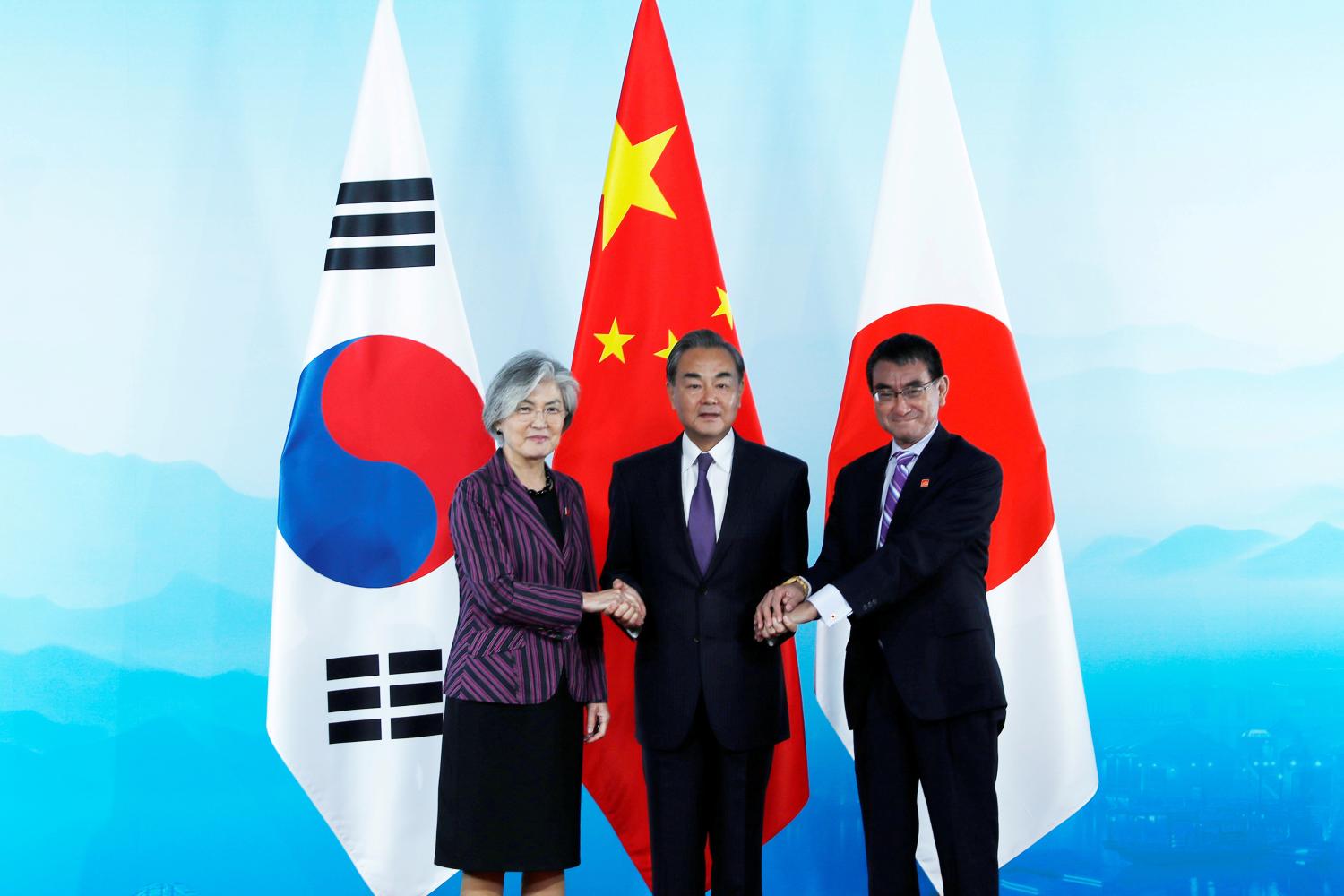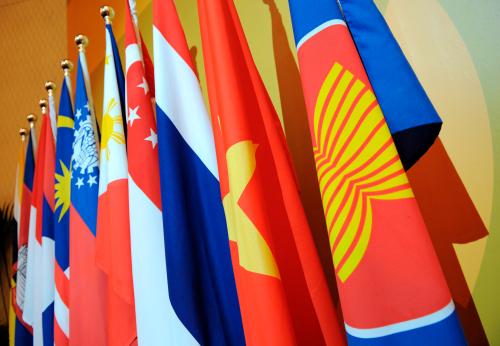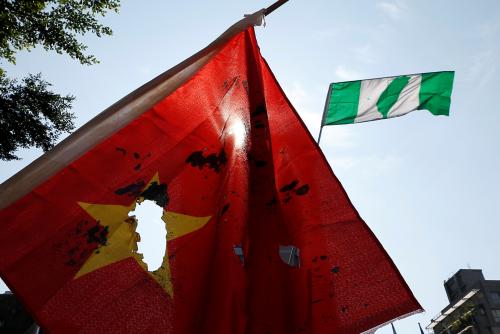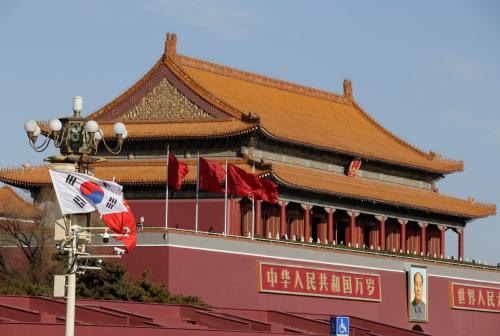


How does China view its strategic requirements in East Asia as it expands its global influence and footprint?
Authors: Tarun Chhabra, Rush Doshi, Ryan Hass, Emilie Kimball
East Asia has emerged as both a key engine of global economic growth and the region where U.S. and Chinese interests most clearly intersect.
Related Content

Tarun Chhabra, Rush Doshi, Ryan Hass, Emilie Kimball
November 18, 2019
Authors: Jonathan Stromseth
Ultimately, China presents both geopolitical challenges and potential economic benefits to Southeast Asian countries.
Related Content

Jonathan Stromseth
November 18, 2019
Authors: Lynn Kuok
China’s actions in the South China Sea have contributed to a weakening of the international law of the sea.
Related Content

Lynn Kuok
November 18, 2019
Authors: Adam P. Liff
China’s approach to Japan, its most economically powerful neighbor and a key U.S. treaty ally for nearly 70 years, is an important metric with which to assess China’s rapidly expanding role in the world.
Related Content

Adam P. Liff
December 2, 2019
Authors: Richard C. Bush
Of all the targets of China’s external policy, Taiwan is unique.
Related Content

Richard C. Bush
November 18, 2019
Authors: Kurt W. Tong
This year, Hong Kong’s economy and citizenry are facing their most severe set of challenges since 1997.
Related Content

Kurt W. Tong
August 26, 2020
Authors: Evans J.R. Revere
With Beijing’s reset of ties with Pyongyang, China’s posture on North Korea is shifting, including signs that it is prepared to live with a nuclear North Korea.
Related Content

Evans J.R. Revere
November 18, 2019
Authors: Jung H. Pak
China sees South Korea as a critical part of its effort to establish its preeminence in Northeast Asia. South Korea’s status in the U.S. alliance architecture as the “linchpin” and its central role regarding North Korea issues have underscored the country’s importance to China’s regional strategy.
Related Content

Jung H. Pak
July 6, 2020